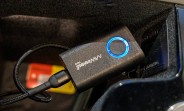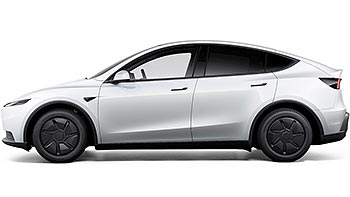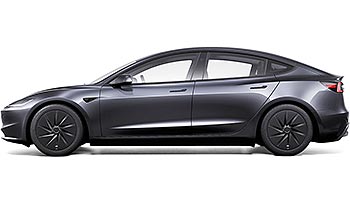Polestar 3 tops electric SUV range test
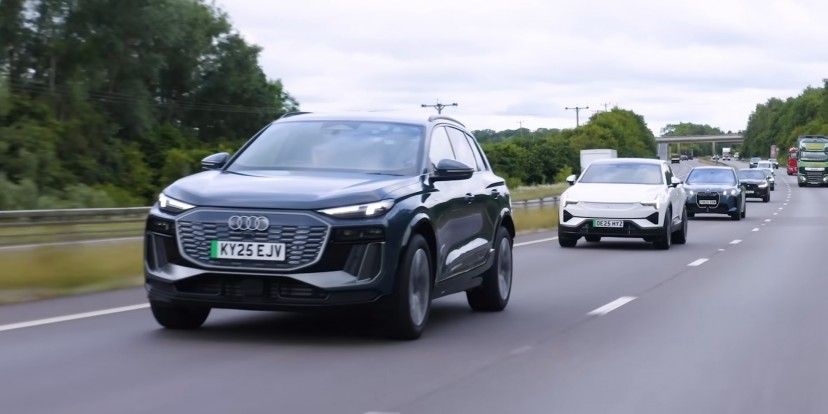
The fear of being stranded with a dead battery on the side of the road? It is a real deal-breaker for many potential EV buyers. Automakers plaster impressive range figures on their websites, but how do these numbers hold up in the real world?
To find out, five of the newest electric SUVs on the market were pitted by Carwow against each other in a long-distance challenge: a non-stop drive from Oxford, England, toward the Scottish Highlands, with the sole purpose of running their batteries completely flat. The contenders: the luxurious Genesis GV70, the futuristic BMW iX, the sleek Polestar 3, the tech-forward Audi Q6 e-tron, and the practical Kia EV9.
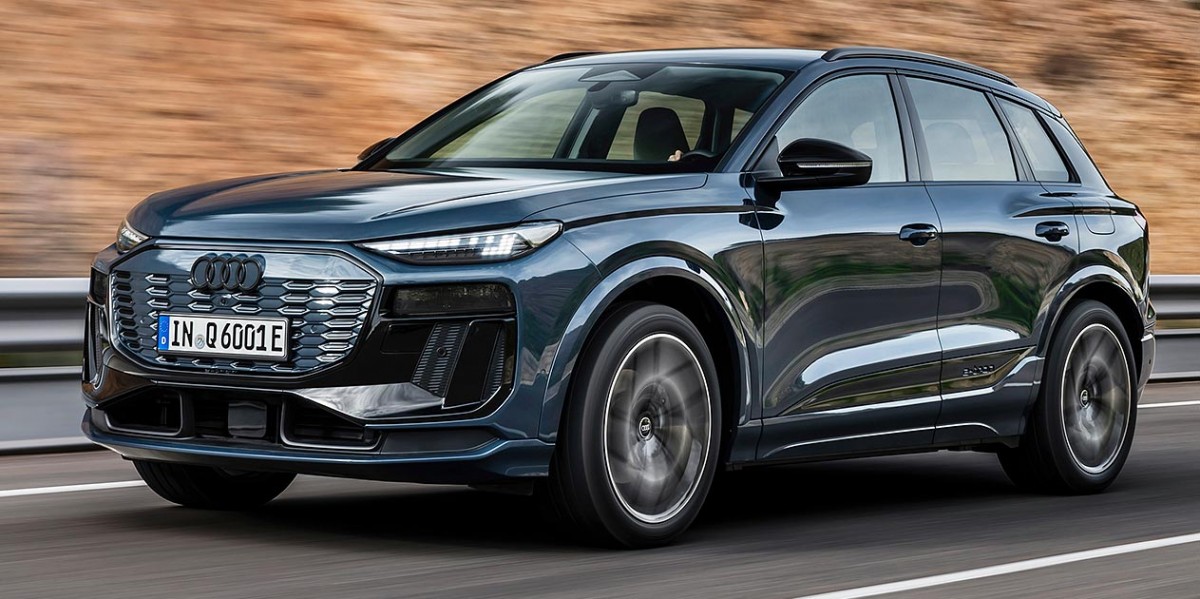
The lineup is a fascinating cross-section of the premium EV market. The Genesis GV70, priced from around $90,600, comes fully loaded with a 490-horsepower dual-motor setup. Not to be outdone, the BMW iX xDrive60, with a price tag climbing to $146,900 as tested, has a massive 109 kWh battery and 544 horsepower.
The Audi Q6 e-tron, tested in a single-motor, 326-horsepower Performance configuration, starts at a more sensible $89,300. The seven-seat Kia EV9 offers practicality for its $89,300 price but brings a more modest 204 horsepower to the fight. Finally, the Polestar 3, also a single-motor version with 299 horsepower, came in with a $118,100 price and the largest battery of the group at 111 kWh.
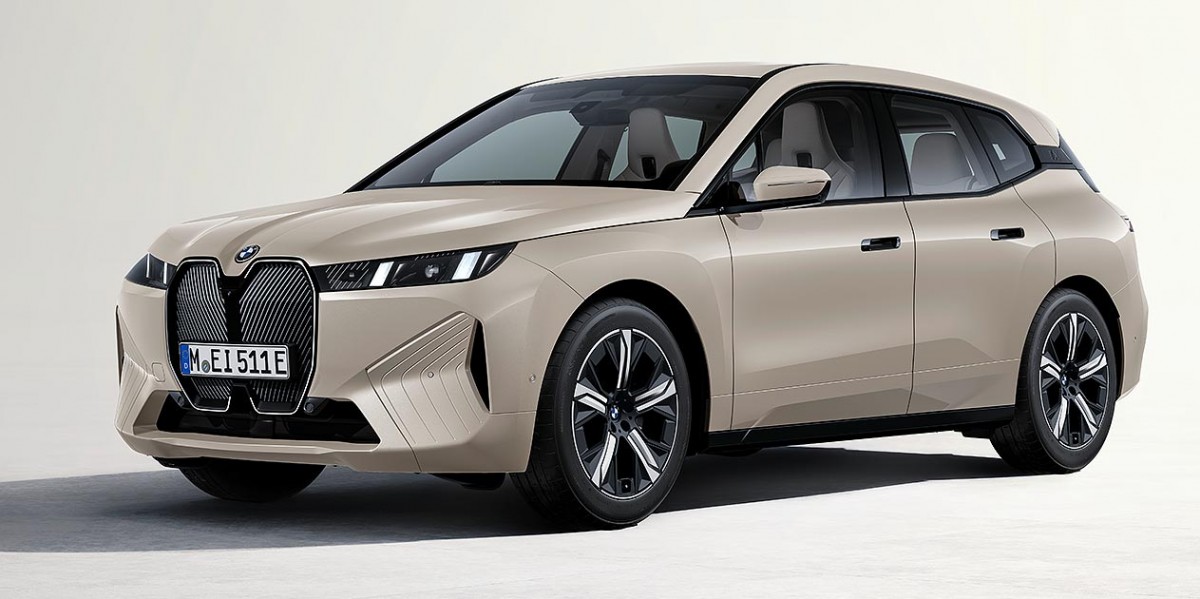
A road trip is more than just a numbers game; it's about comfort, space, and practicality. Here, the differences between these electric cars became clear. The Kia EV9, unsurprisingly, was the champion of utility. With its third row of seats folded down, it offers a cavernous 29.2 ft³ of trunk space.
The Audi Q6 e-tron also impressed with a generous 18.6 ft³ trunk. The Genesis GV70 and BMW iX provided a respectable 17.8 ft³ and 17.7 ft³, respectively, while the stylishly sloped roof of the Polestar 3 reduced its capacity to 17.1 ft³.
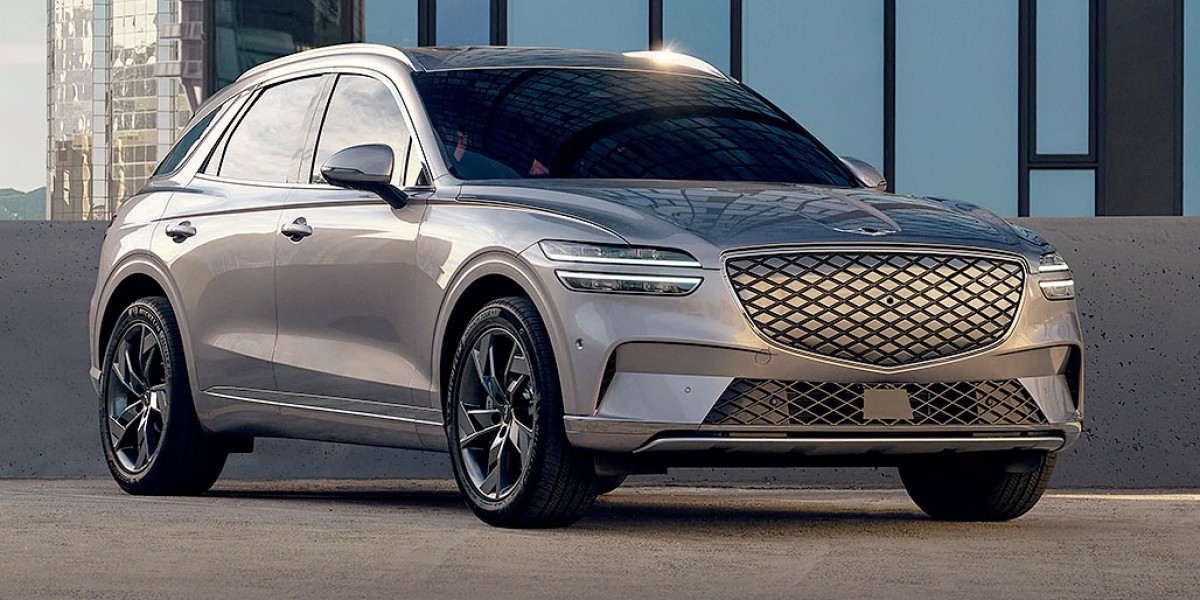
When it came to the "frunk," or front trunk, the Polestar and Kia had sizable, useful spaces, while BMW decided its under-hood area was for technicians only, offering no accessible storage.
As the miles piled up and the English countryside turned into the rolling hills of Scotland, the onboard computers ticked down. The real test for any EV isn't just how far it goes, but how it behaves when the battery gauge hits zero. The Genesis GV70 was the first to give up the ghost, conking out after traveling 279 miles. It managed to crawl an extra 11 miles after its display showed 0%.
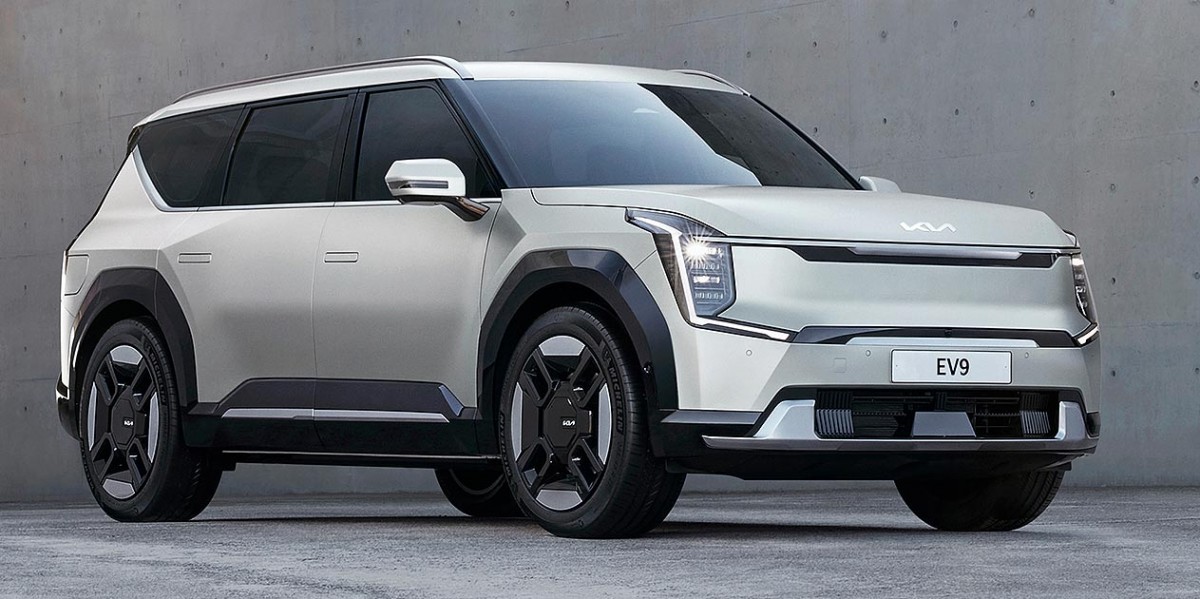
The drivers noted that as the batteries depleted, most of the EVs began to limit power and shut down non-essential features to preserve every last electron, a nerve-wracking but necessary evil to extend the final few miles.
After a long day of driving, the final results were tallied. The Genesis GV70, despite being first out, still achieved 94% of its official range. The Audi Q6 e-tron managed a solid 325 miles. Hot on its heels was the family-hauling Kia EV9, which pushed forward to 328.7 miles, an impressive feat for a vehicle of its size.
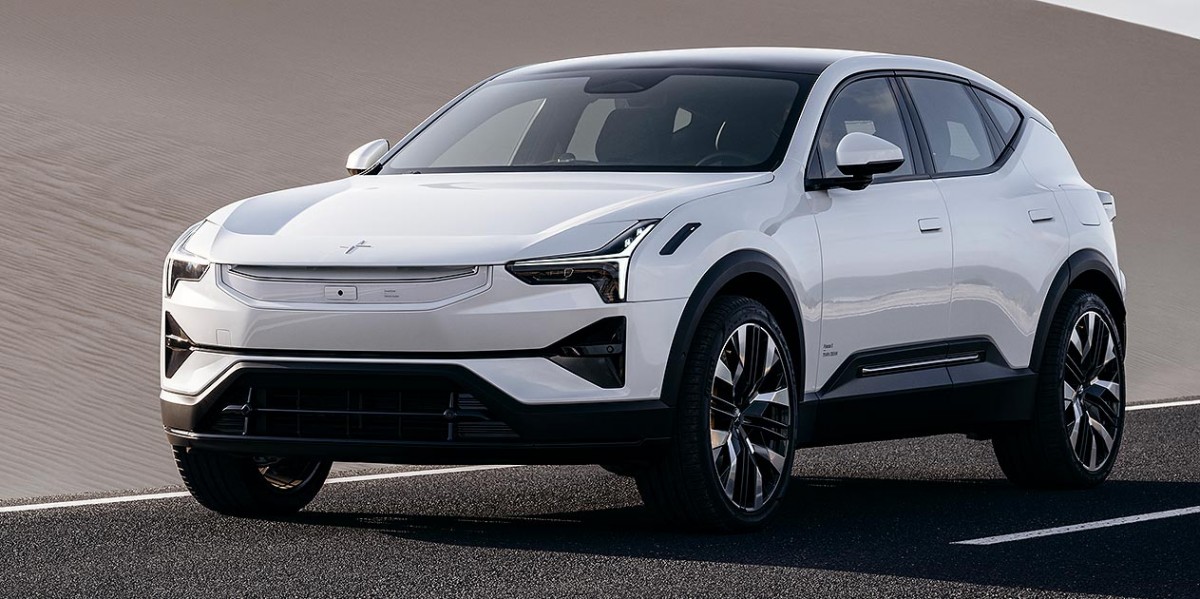
The heavyweight BMW iX, with its large battery, delivered a strong performance, covering 366 miles before stopping. But the clear winner of the day was the Polestar 3. It kept going and going, finally rolling to a stop after an incredible 390.1 miles, achieving 89% of its claimed range and proving to be the king of this long-distance duel.
Distance is one thing, but efficiency and running costs are critical factors for owners of electric cars. The Polestar, BMW, Audi, Kia, and Genesis all showed similar efficiency ratings, averaging around 3.5 miles per kWh.
When it comes to running costs, the winner tells an interesting story. Charging the Polestar 3 on a public fast charger would cost about 22 pence per mile, but charging at home on a cheap overnight electricity tariff could drop that cost to an astonishingly low 2 pence per mile.
How does it compare to ICE vehicles? The diesel support car used for filming ended up costing 18 pence per mile, making the EV a winner for long-term savings - as long as it is mostly charged at home. Real-world tests like this one prove that the official figures are more of an optimistic suggestion, and nothing beats a proper road trip for finding out the real number.
Related
Reader comments
Nothing yet. Be the first to comment.




